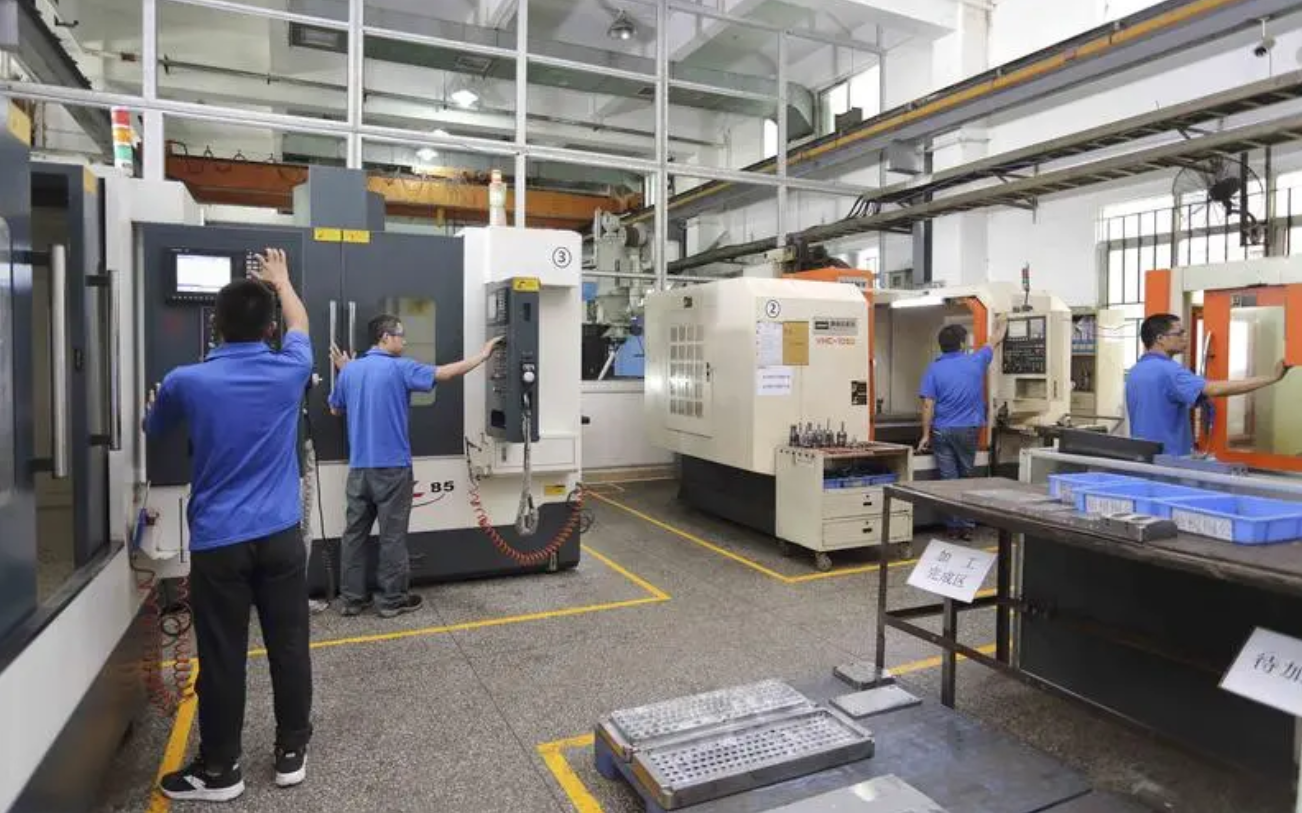Message
CNC machining, also known as CNC machining, refers to machining performed using CNC machining tools. Because CNC machining is controlled by computers after programming, CNC machining has the advantages of stable machining quality, high machining accuracy, high repeatability, the ability to process complex surfaces, and high machining efficiency. In the actual processing process, human factors and operational experience will greatly affect the final processing quality. Next, let's take a look at the twelve valuable lessons summarized by an experienced CNC machining driver with ten years of experience.
The division of CNC machining processes can generally be carried out according to the following methods:
The centralized tool sorting method is to divide the processes according to the tools used, and use the same tool CNC to process all the parts that can be completed on the part. Use the second and third knives to complete other parts that they can complete. This can reduce the number of tool changes, compress the travel time, and reduce unnecessary positioning errors.
2. For parts with a lot of CNC machining content, the machining part can be divided into several parts according to their structural characteristics, such as inner shape, outer shape, curved surface or plane, using the sorting method of machining parts. Generally, the plane and positioning surface are machined first, and then the hole is machined; Process simple geometric shapes first, and then process complex geometric shapes; First process the parts with lower precision, and then process the parts with higher precision requirements.
3. For parts that are prone to CNC machining deformation, the rough and fine CNC machining sequencing method is used. Due to the possible deformation that may occur after rough machining, shape correction is required. Therefore, generally speaking, all processes that require rough and fine machining must be separated. In summary, when dividing processes, it is necessary to flexibly grasp the structure and processability of the parts, the functions of the machine tool, the amount of CNC machining content for the parts, the number of installations, and the production organization status of the unit. It is also recommended to adopt the principle of process concentration or process dispersion, which should be determined based on the actual situation, but must strive for rationality.










